Insights
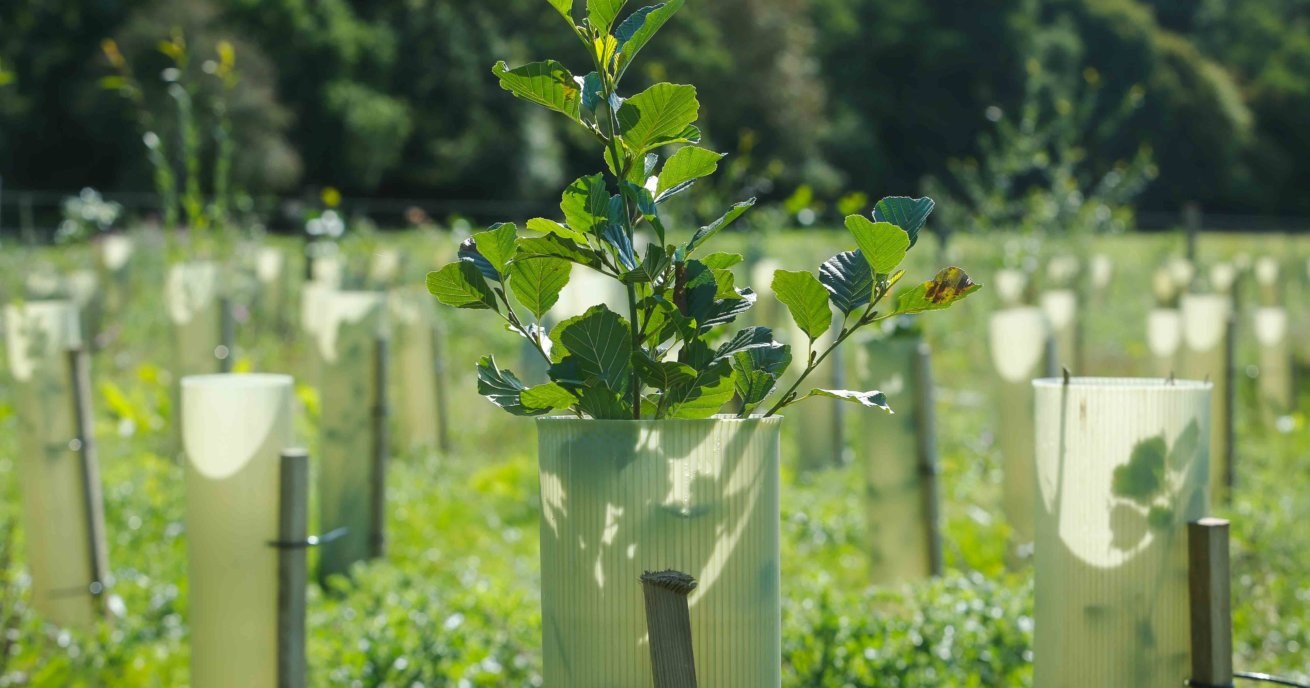
08/10/2025
I was recently reading about HS2's biodiversity challenges – specifically Natural England's rather blunt assessment that despite all the promises, the project would likely result in a "net loss" of biodiversity rather than the intended gains. As someone who passionately believes we should be giving back to nature in our infrastructure work, this is massively frustrating to hear but it made me consider what is the actual underlying systemic issue at play that creates this gap between ambitious environmental commitments and what actually gets delivered on the ground.
What really interests me isn't just the technical complexity (though that's real enough), but the human systems challenge that sits beneath it all. Because when you dig into why Biodiversity Net Gain (BNG) struggles on complex projects, it's rarely about lacking the right habitat creation techniques or even funding. More often, it's about how people work together - or don't. You could say BNG is itself a micro-ecosystem of complex asset delivery.
The Collaboration Problem We're Not Talking About
There is still a huge risk (indeed issue) that BNG gets treated as a compliance box rather than a shared outcome. The ecologists design their offset packages, the planners check their regulatory requirements, the contractors focus on their delivery milestones, the operations teams think about long-term maintenance... all in relative isolation.
Meanwhile, the actual delivery of meaningful biodiversity improvement requires these groups – plus local communities, conservation organizations, landowners, and multiple regulatory bodies – to work in genuine partnership for decades. Not just coordination meetings and information sharing, but the kind of collaborative leadership where everyone feels genuinely accountable for the collective outcome.
We're asking teams to deliver 30-year environmental legacies while organizing them around 3-year project cycles and individual departmental KPIs, 5 year government policy cycles and often 12 month shareholder return cycles. It's a systems mismatch that no amount of technical expertise can solve.
What Collaborative Leadership Looks Like in Practice
When we work with infrastructure teams on complex challenges (safety culture, stakeholder alignment, delivery integration), we often (dare I say .. always) find that the breakthrough moments come not from better processes, but from better relationships. The same principles apply to BNG delivery.
Shared Purpose Over Individual Targets
Instead of the ecologist being responsible for "the biodiversity bit," effective teams create shared ownership of environmental outcomes. This means the commercial team understands how BNG delivery affects project viability, the engineering team sees habitat creation as integral to design decisions, and the community liaison team recognizes biodiversity as a local partnership opportunity.
When everyone genuinely understands their role in the bigger environmental picture, decisions get made differently. Land use gets optimized earlier, construction sequencing considers habitat timing, and stakeholder conversations become about co-creation rather than consultation. We can move – at least some way – towards the mythical “win-win-win”.
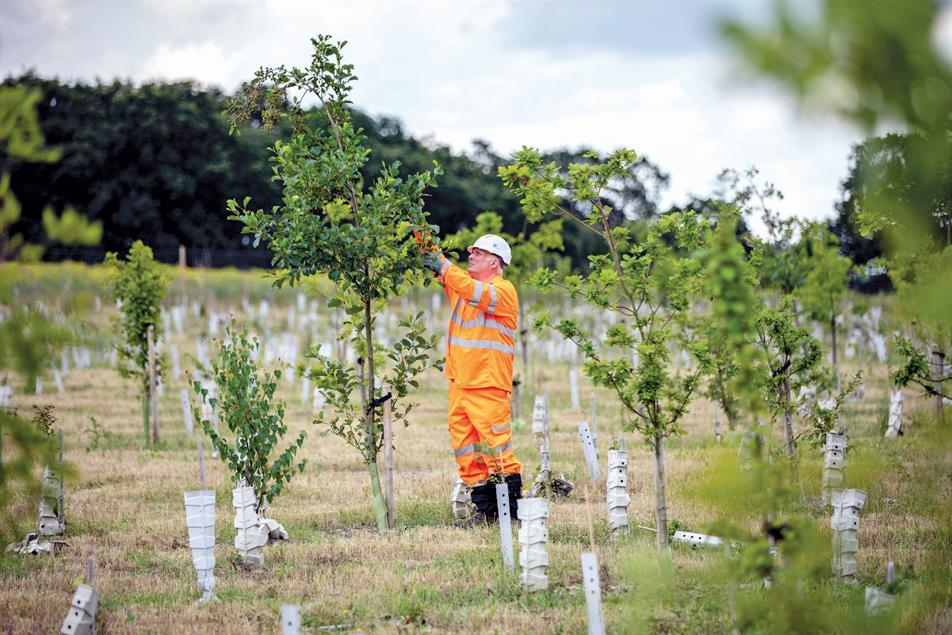
Long-term Relationships Over Transactional Interactions
One of the strongest patterns we see in successful environmental delivery is continuity of relationships. The projects that create lasting positive outcomes are the ones where key players – both internal teams and external partners – work together over extended periods.
This matters enormously for BNG because the time horizons are so long. A habitat creation plan developed in year two of a project needs to be maintained through year thirty of operations. That requires relationships and institutional knowledge that survive personnel changes, contract transitions, and shifting priorities.
Systems Thinking Over Linear Processes
The most effective leaders we work with don't just manage their immediate deliverables; they understand how their decisions ripple through the wider system. For BNG, this means recognizing that biodiversity outcomes depend on land management practices, local community engagement, regulatory evolution, climate change adaptation, and economic pressures that extend far beyond any single project boundary.
When leaders think systematically, we invest in building resilient networks rather than just completing immediate tasks. We start to ask different questions: How does this habitat creation support wider landscape connectivity? How do we build local capacity that continues after our involvement ends? What institutional structures will sustain this work over decades?
The Business Case That Everyone Misses
What doesn’t get talked about enough: collaborative approaches to BNG aren't just better for biodiversity – they're better for business outcomes too.
When teams work collaboratively on environmental delivery, they tend to identify risks earlier, find cost-effective solutions faster, and build stakeholder support more effectively. The consultation phases run more smoothly because conversations are about partnership rather than persuasion. The delivery phases encounter fewer surprises because more perspectives were involved in planning. The operational phases are more sustainable because more parties feel invested in success.
More fundamentally, the skills that enable effective BNG collaboration – systems thinking, long-term relationship building, multi-stakeholder leadership – are exactly the capabilities that infrastructure organizations need for addressing climate adaptation, community engagement, and operational resilience. These are the skills that, in the increasingly complex and uncertain environment we operate in, are critical for overall success.
The infrastructure sector has enormous influence over environmental and social outcomes, not just through what we build, but through how we work together to build it
What This Looks Like Moving Forward
So what would genuinely collaborative BNG delivery look like on major infrastructure projects?
Early and Ongoing Integration
Environmental outcomes become part of project definition from the earliest stages, not an overlay added later. This means ecologists in the room during route selection, community groups involved in habitat design, and long-term operational teams participating in creation planning.
Shared Metrics and Accountability
Instead of separate environmental KPIs managed by the sustainability team, biodiversity outcomes become integrated into everyone's success measures. Commercial success includes environmental delivery. Engineering excellence includes habitat integration. Stakeholder satisfaction includes conservation partnership.
Learning and Adaptation Networks
Rather than each project learning in isolation, there are active knowledge-sharing networks that help teams learn from each other's experiences. What worked in habitat creation on the A14 (and why did tens of thousands of trees planted.. die!)? How did Crossrail manage their urban ecology partnerships? What has HS2 learned about long-term monitoring that could benefit offshore wind development? Cross sector organisations with no particular business axe to grind except the improvement of delivery outcomes have a role here – for example the Major Projects Association of which Advance is a long-standing member.
Institutional Continuity
Project structures that explicitly plan for long-term relationship continuity. This might mean different contracting approaches, different organizational models, or different funding mechanisms – but it means recognizing that successful environmental outcomes require institutional commitment that extends far beyond project completion.
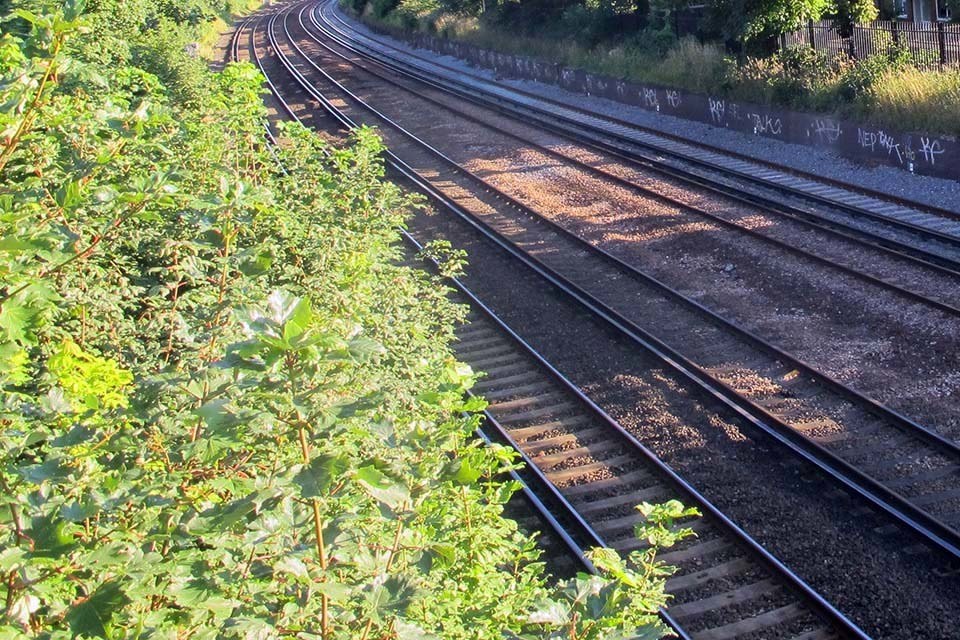
Why This Matters Beyond Biodiversity
The deeper issue here is about how we organize complex, long-term challenges that require collaboration across organizational and sectoral boundaries. Climate adaptation, social value delivery, technological transition, community resilience – all of these require exactly the same collaborative leadership capabilities that effective BNG demands.
The infrastructure sector has enormous influence over environmental and social outcomes, not just through what we build, but through how we work together to build it. And, dare I suggest, increasingly what we DON’T build. If we can crack the collaboration challenge for biodiversity delivery, we create patterns and capabilities that ripple out into other areas where partnership matters.
And from a purely practical standpoint: BNG is becoming mandatory for major infrastructure from 2026. The organizations that figure out collaborative delivery approaches now will have significant competitive advantages over those still trying to manage it as a compliance exercise.
What We're Learning
At Advance, our work with infrastructure teams has taught us that the most sustainable solutions come from genuine partnership rather than individual expertise. Whether that's safety culture change, stakeholder alignment, or environmental delivery, the breakthrough moments happen when people move from coordination to collaboration.
This doesn't mean endless meetings or consensus-based decision making (both of which can kill outcomes rather than improve them). It means creating structures, relationships, and accountability systems that enable diverse groups to work effectively toward shared long-term goals.
The infrastructure sector is uniquely positioned to demonstrate that environmental and economic outcomes can be mutually reinforcing when we organize for collaboration rather than compliance. But it requires leadership that thinks beyond project boundaries and organizational charts.
What examples have you seen of collaborative approaches to complex environmental challenges? Where do you see the biggest opportunities for infrastructure teams to work differently?

Insights
The Professional Collaboration Series: Blog 3 of 8: The Courage Deficit: Why Knowing What to Say Isn't Enough

Insights
The Professional Collaboration Series: Blog 2 of 8: The Three Dimensions That Make Disagreement Work (or Fail)

Insights
The Professional Collaboration Series: Blog 1 of 8: The Three Hidden Reasons Disagreement Fails in Complex Environments

Insights
Community Rail Conference: A Celebration of Collaboration and Passion

Insights
Building Foundations: Advance's Canadian Infrastructure Journey Takes Shape

Insights
The SDG Integration Opportunity: From Parallel Progress to Connected Impact

Insights
Mental Health Doesn’t Take a Day Off – and Neither Should We

Insights
What I Hope to Bring to the Advance Party

Insights
The Deeper Story Behind Our Numbers

Insights
Advance Joins SME Alliance Partners on UK Government’s CCS Management Consultancy Framework Four (MCF4)

Insights
From Ashes to Grid: How Power Maxed Racing Redefined What's Possible in Five Days

Insights
The skills revolution is here. Are we ready for what comes next?

Insights
Beyond “That’s Really Good”

Insights
What the UK’s Infrastructure challenges reveal about strategic leadership

Insights
A new way to map your leadership team.

Insights
Building ‘What If?’ Cultures
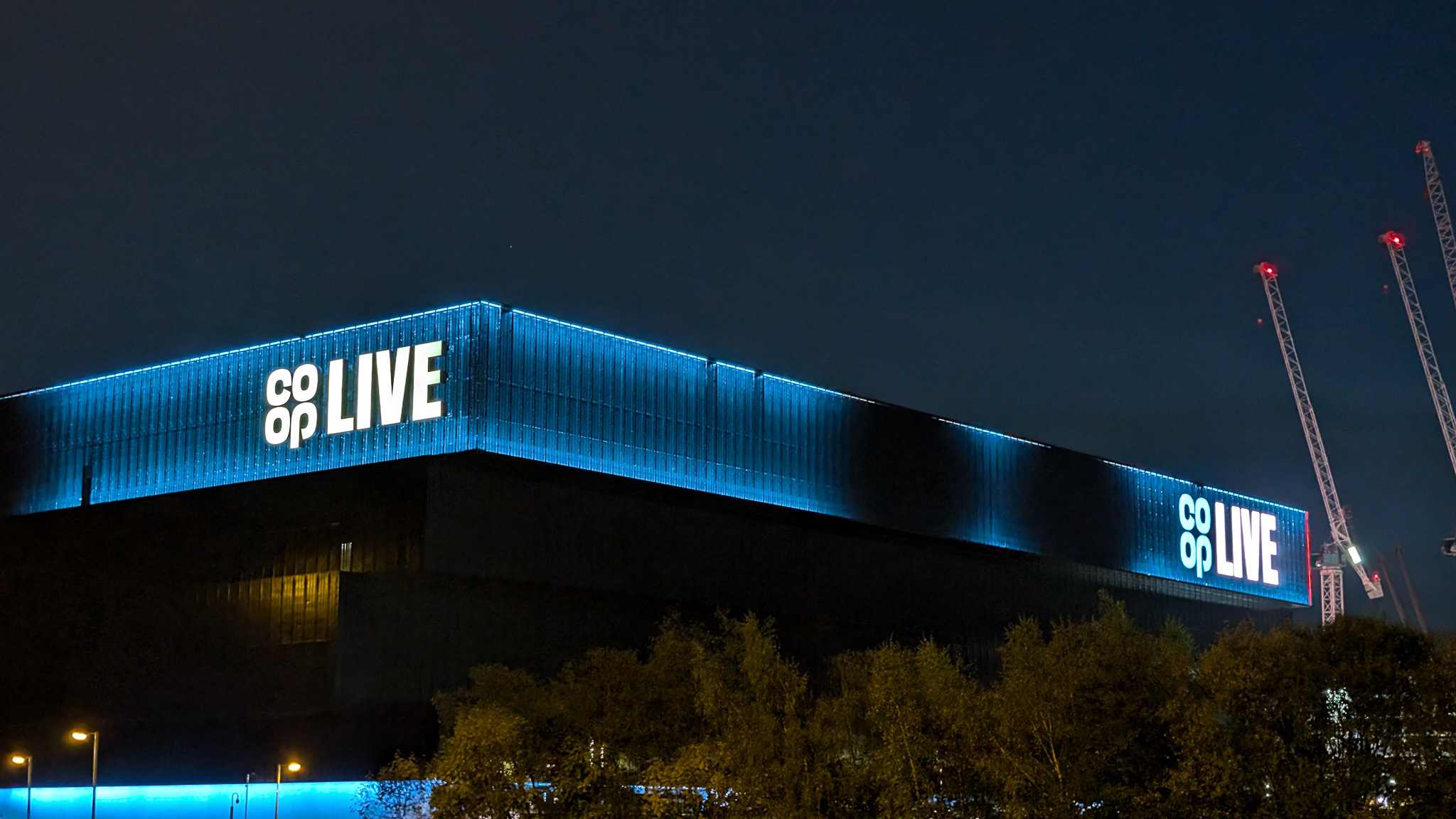
Insights
The problem with 'nice' teams...

Insights
You don’t become a leader when you get a job title.

Insights
Kindness > Capability (And here’s the data to prove it)

Insights
What no one’s telling high performers about burnout…

Insights
The question you should be asking…

Insights
Energy for Impact

Insights
Advance Consultancy Partners with Community Rail Network to Drive Sustainable Development

Insights
Are you Keane on Teamwork?

Insights
Real People, Real Impact: The Essence of Social Value

Insights
Advance's B Corp Journey to Certification

Insights
MVP or... MVP…

Insights
One Blog a Year (OK, maybe two..) like this will see me right

Insights
My First "6 Weeks" in Advance

Insights
One Blog a Year like this will see me right

Insights
Biting the Bullet

Insights
The Problem with Mergers …

Insights
The Start of Advance's Sustainability Journey

Insights
Skills for the Next Quarter Century
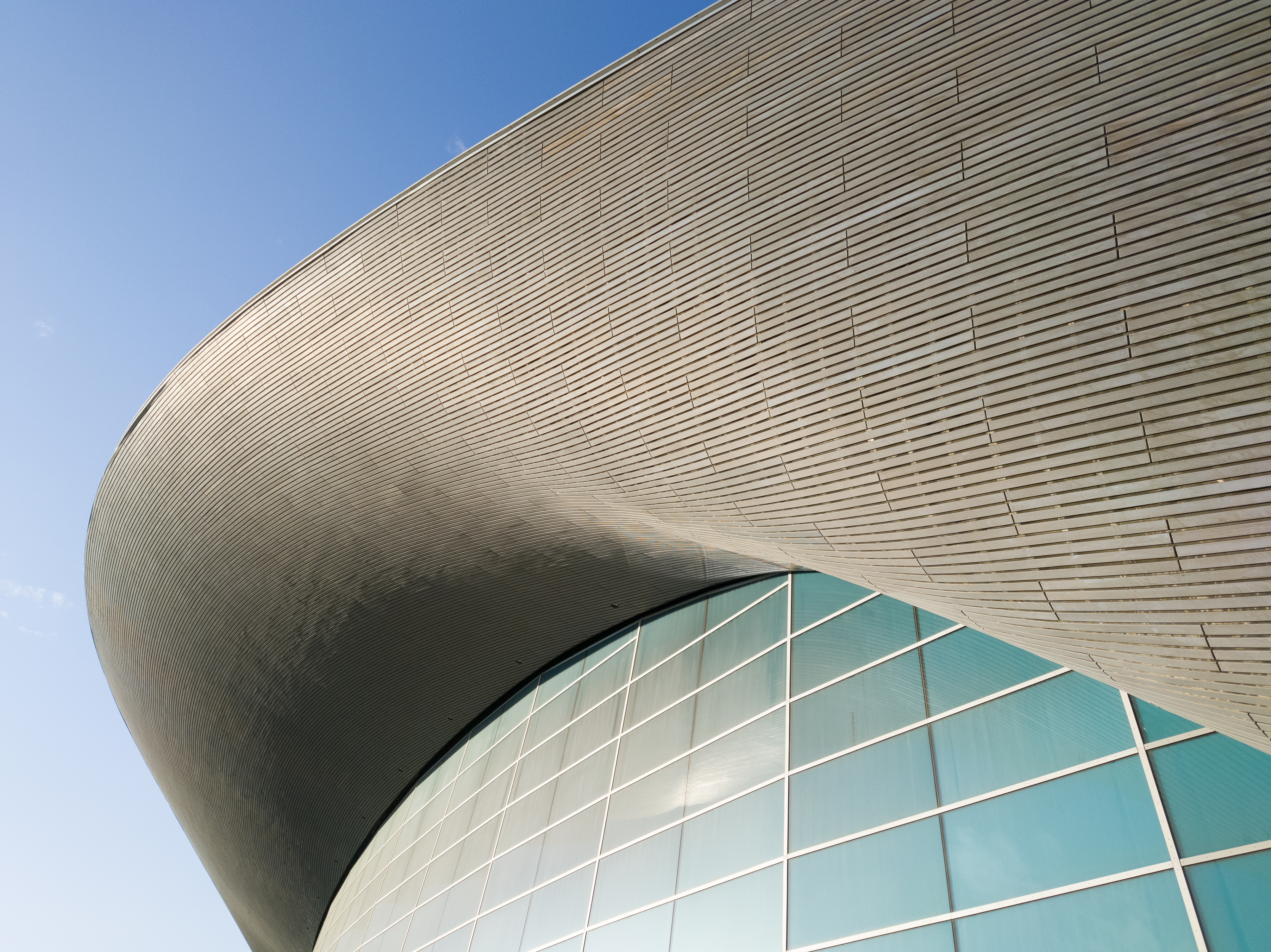
Insights
The Advance Reading List – Part 1

Insights
What has Colin the Caterpillar got to do with leadership development? (Learn2Develop - Part 2)

Insights
When Greta met Russell … becoming a reluctant leader

Insights
Trust & Productivity – the Private Sector Construction Playbook

Insights
What has Sustainability ever done for us?

Insights
We’re really not that clever…

Insights
Learn 2 Develop – Part 1 by Al Simmonite

Insights
What’s in a name? Moving from Respect-Challenge-Deliver to Challenge-Support-Evolve
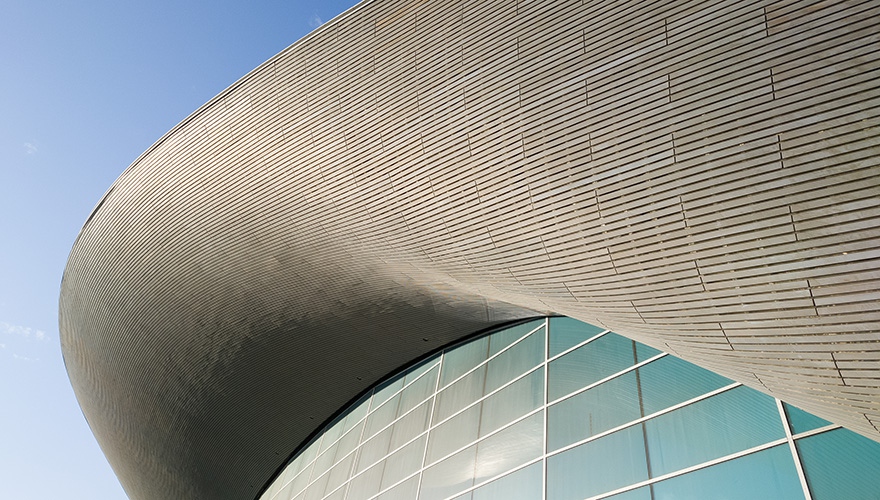
Insights
A tough Week, or was it?

Insights
Paradoxes & The Advance Consultancy

Insights
The importance of heritage

Insights
DOs and DON’Ts of Returning to Work post Lockdown - A Leadership Perspective

Insights
Been there, done it… lost the T-shirt?

Insights